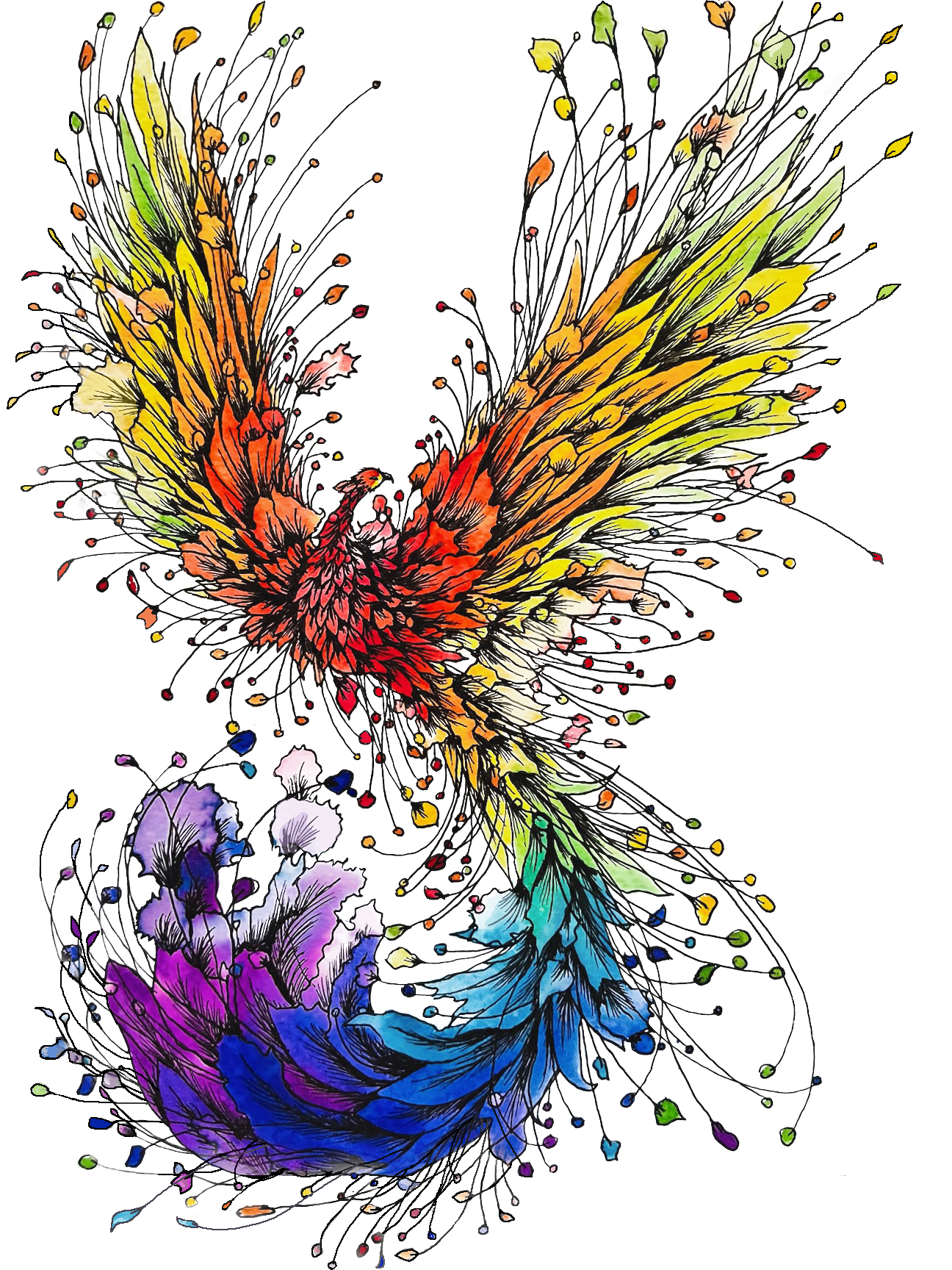Bridging Western Medicine and Indigenous Practices: The Role of Psychedelics
Psychedelics, long a topic of fascination and controversy in Western medicine, are undergoing a renaissance. Recent studies highlight their potential to treat mental health conditions like depression, PTSD, and addiction. However, the roots of these substances run far deeper, embedded in the traditions of Indigenous cultures worldwide. As psychedelics gain acceptance in Western medicine, there is growing recognition of the need to honor and integrate Indigenous practices that have guided their use for centuries.
Indigenous Wisdom and Psychedelics
For many Indigenous communities, psychedelics such as psilocybin mushrooms, ayahuasca, peyote, and iboga are not merely substances; they are sacred tools for healing, spiritual connection, and cultural identity. These practices are deeply intertwined with ceremonial rituals, guided by shamans or spiritual leaders who provide structure and meaning to the experience. In these traditions, psychedelics are viewed as gateways to knowledge, self-awareness, and communal harmony.
Western Medicine and the Psychedelic Renaissance
In contrast, Western medicine has approached psychedelics through the lens of scientific inquiry. Clinical trials focus on measurable outcomes, such as reduced symptoms of anxiety or improved quality of life. These studies often isolate the active compounds, stripping them of the ceremonial context that Indigenous traditions consider essential. While this approach has advanced our understanding of how psychedelics affect the brain, it risks overlooking the holistic framework that has sustained their use for generations.
Challenges in Bridging the Divide
Integrating Indigenous wisdom into Western medical frameworks presents several challenges:
Cultural Appropriation vs. Cultural Appreciation
How can the therapeutic benefits of psychedelics be embraced without exploiting or misrepresenting the cultures that preserved them?
Scientific Rigor vs. Spiritual Beliefs
Western medicine’s emphasis on empirical evidence often clashes with Indigenous perspectives that prioritize spiritual and communal dimensions of healing.
Access and Equity
As psychedelics become commercialized, there is a risk that Indigenous communities, who have been stewards of these substances, may be excluded from the benefits.
A Path Forward
To bridge this divide, mutual respect and collaboration are essential. Here are some steps that can foster integration:
Inclusion of Indigenous Voices
Indigenous leaders and practitioners should have a seat at the table in shaping psychedelic therapy protocols and policies.
Education and Acknowledgment
Medical professionals and researchers should educate themselves about the cultural origins and traditional uses of psychedelics, acknowledging their debt to Indigenous knowledge.
Collaborative Research
Studies that combine Western scientific methods with Indigenous practices can offer insights that respect both traditions.
Economic Reinvestment
Companies and organizations profiting from psychedelics should reinvest in the communities that preserved these practices, ensuring their sustainability and growth.
The intersection of Western medicine and Indigenous practices represents an opportunity to create a more holistic approach to psychedelics. By honoring the spiritual, cultural, and communal aspects that Indigenous traditions bring to these substances, Western frameworks can move beyond symptom management toward deeper healing. In this collaboration, there lies the potential to not only treat mental illness but also to foster greater understanding and respect between cultures. The question is not just how psychedelics heal, but how we, as a global community, can heal together.
